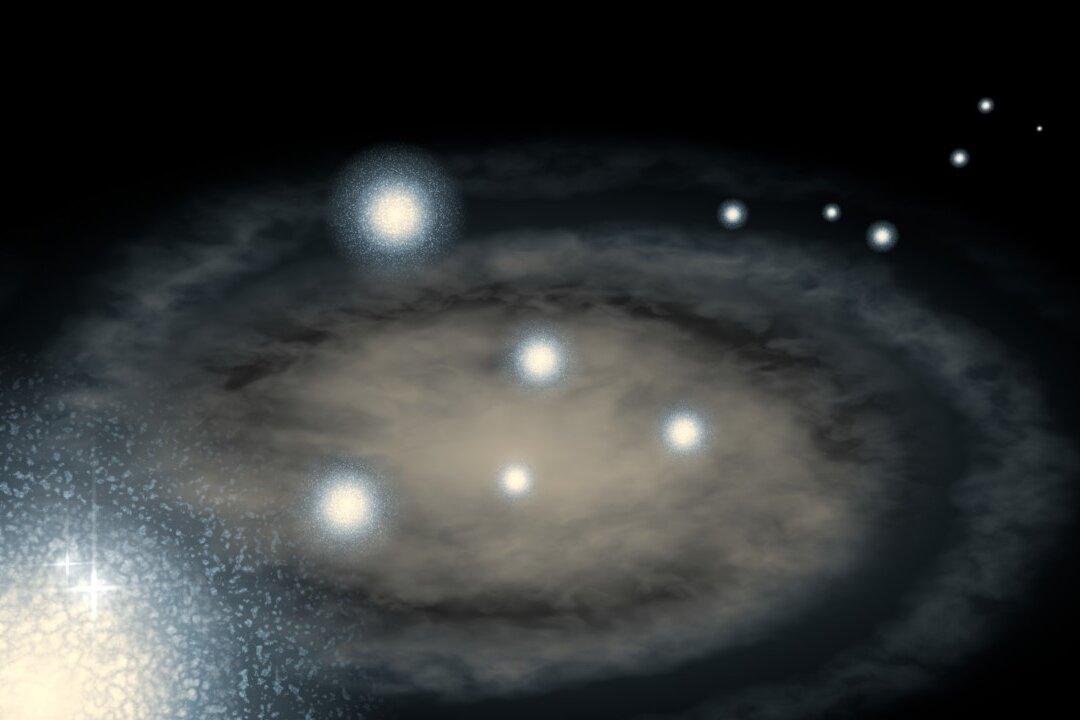An international team of scientists, led by an astrophysicist from the University of Sydney, has found the leftovers of a colossal cannibalistic feeding event in the far outskirts of the Andromeda galaxy.
Honor students Tim Adams from Sydney University and Yuan Li from the University of Auckland discovered a structure of stars, known as a globular cluster (GC), inside the Andromeda galaxy. The structure originated outside of Andromeda and represents remnants of a huge feeding event, providing evidence that galaxies fatten by consuming smaller systems.




